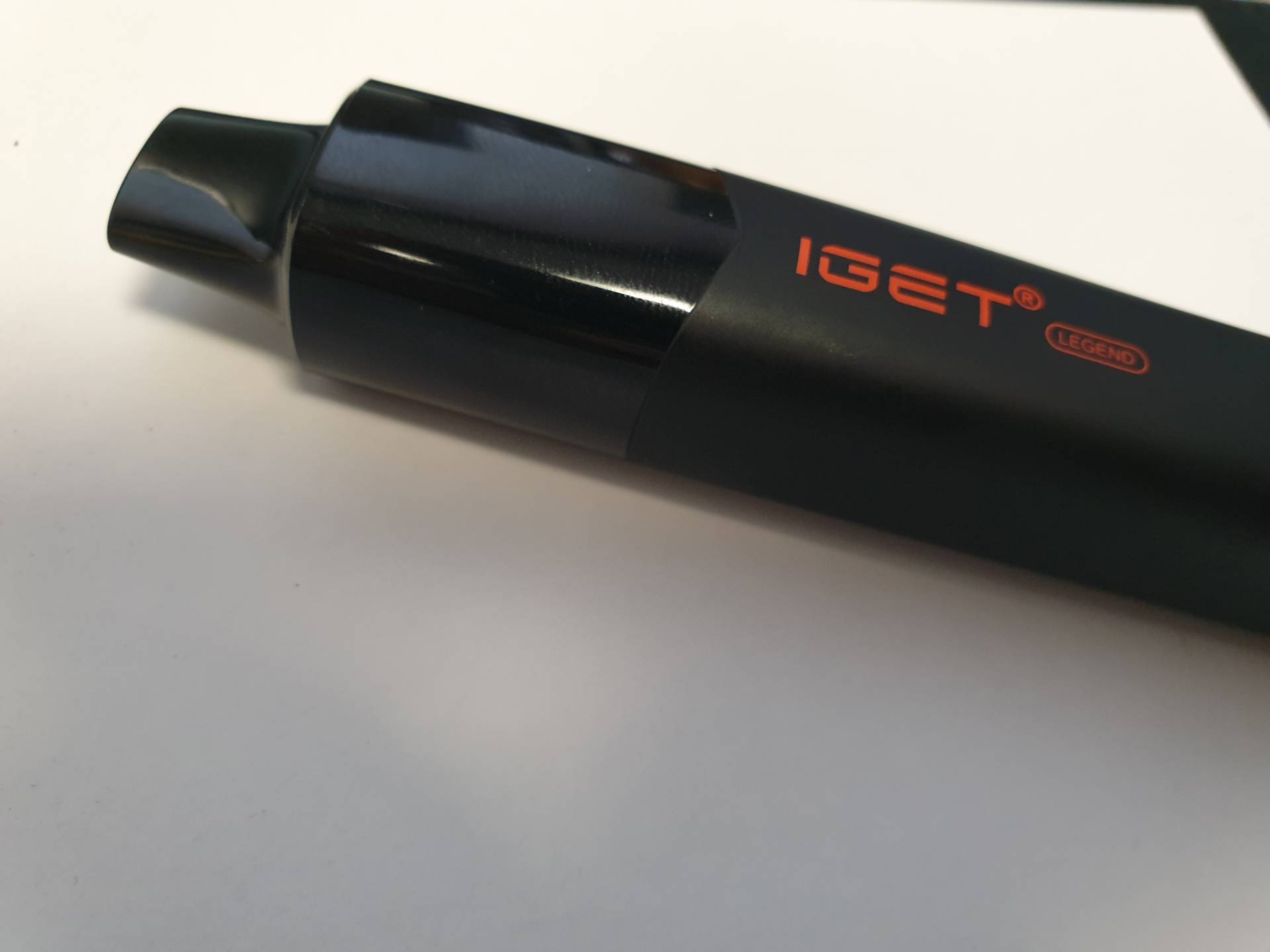Indigenous people have experienced poor health outcomes for generations.
Chronic disease, disability and mental health issues impact Aboriginal and Torres Strait Islander communities across the country.
First Nations people continue to endure barriers to health care and those living in rural and remote areas are still fighting for safe water and sanitation.
Schools, businesses and community groups will come together on Thursday to demand health equality for Indigenous Australians, and take part in annual Close the Gap events, which have been held for more than a decade.
This year’s focus is on the social and cultural factors that underpin Aboriginal and Torres Strait Islander health and wellbeing, with an emphasis on improving the lives of Indigenous children and young people.
Nutrition and healthy food options in remote communities will be explored, along with the negative health impacts of cramped living conditions.
While health will be the primary focus, attention will also turn to improving education and economic outcomes for Indigenous people.
Productivity Commission figures show a number of Closing the Gap targets are not on track, with the majority going backwards.
There are 19 socio-economic targets in the national agreement.
The commission has released data on nine of those targets, showing only two are on track, Indigenous land rights and employment of First Nations adults.
Seven are not on target, including babies being born with a healthy weight, Indigenous youth finishing high school, delivering appropriate housing and reducing suicide rates.
Lifeline 13 11 14 – Beyondblue 1300 22 4636
AAP





